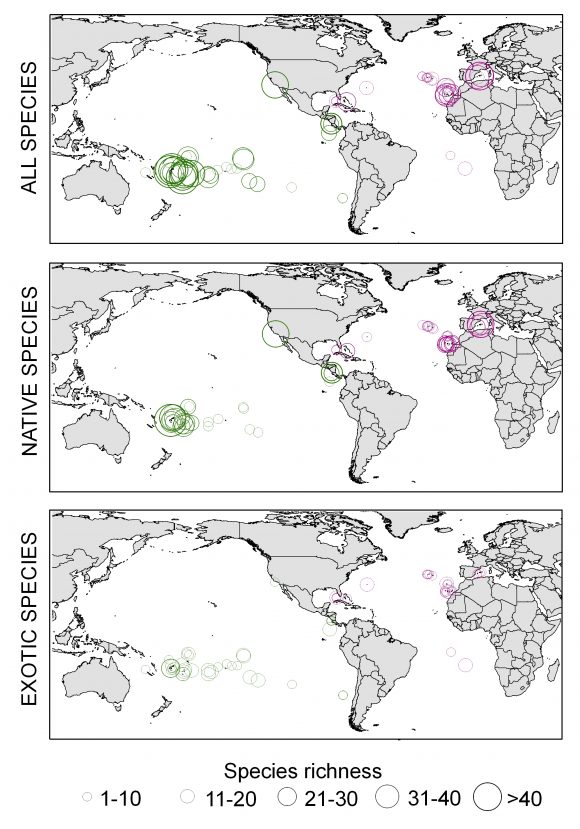30 November 2020 | By Heidi Hirsch
Researchers at the Centre for Invasion Biology (C·I·B) at Stellenbosch University, found that the introduction histories of the globally important invasive tree Silver wattle (Acacia dealbata) are complex and cannot be generalized.
This was the finding of a recent molecular study, undertaken by C·I·B postdoctoral fellow Heidi Hirsch, C·I·B Director David Richardson, former C·I·B core team member Jaco Le Roux, and Anibal Pauchard from the University of Concepción (Chile), in which they try to unravel the introduction history of Silver wattle using genetic fingerprinting.
Genetic fingerprinting methods are often the only way to determine the native origin of invasive species. These methods compare the DNA characteristics between different populations to determine how related they are to each other. An invasive population would show a closer genetic relationship with its native source population than to other native, non-source, populations of the species.
Silver wattle, which is native to eastern and south-eastern parts of Australia and Tasmania, is a widespread and globally important invasive tree. The species is invasive in Chile, La Réunion island, Madagascar, New Zealand, Portugal, and South Africa, where it causes multiple impacts, including changes in soil characteristics, displacement of native plant species, alteration of fire regimes, and depletion of water sources.

In their study, the researchers compared the genetic characteristics between populations sampled across the species’ native range and in the invasive ranges mentioned above to determine the most likely native source region of invasive Silver wattle populations. For this, the researchers sampled leaf material from which DNA was extracted. In total, 1615 individuals representing 92 populations were sampled from the Silver wattle’s native and invasive ranges.
They found that invasive populations in the different countries do not necessarily share the same native origin. Even the number of introduction events can differ between countries. Silver wattle populations in Chile and Madagascar seem to originate from multiple introductions, followed by genetic admixture between the different sources. Populations in New Zealand and La Réunion, on the other hand, seem to have originated only from Tasmania.
For populations in South Africa, Portugal and the United States, however, the native origin remains unknown. This could be due to a lack of sampling effort in the native range of the species. However, the authors argue that this is unlikely to be the reason, given how comprehensive the sampling was in Silver wattle’s full native range. An alternative explanation could be that these invasive populations might have been introduced from other source populations, possibly from other parts of the invasive range or from cultivated populations which were not considered in this study.
The findings highlight that sometimes it is not enough to study an invasive species in only one part of its invasive ranges if one needs to understand the global invasion history. Country-specific introduction histories of an invasive species add layers of complexity, and these need to be addressed appropriately when developing management strategies.
“Our results,” says Heidi Hirsch, “show that invasive species can have very complex introduction histories; in some cases, it is difficult to resolve such complexity even by using highly sophisticated research methods.” She adds, “Since the source of introduction still remains unknown for some of the investigated invasive populations of Silver wattle, our next step will be to include samples from commercially distributed seeds to the genetic fingerprinting. This will help us, not only to gain a more comprehensive understanding on the species’ global invasion history, but also, to find the missing historical link regarding its introduction in South Africa.”
Read the paper
Hirsch, H., Richardson, D.M., Pauchard, A., Le Roux, J.J. (2020) Genetic analyses reveal complex introduction histories for the invasive tree Acacia dealbata Link around the world. Diversity and Distributions. https://doi.org/10.1111/ddi.13186
URL to paper: https://onlinelibrary.wiley.com/doi/10.1111/ddi.13186
Contact Heidi Hirsch at heidihirsch71@gmail.com for further information.



